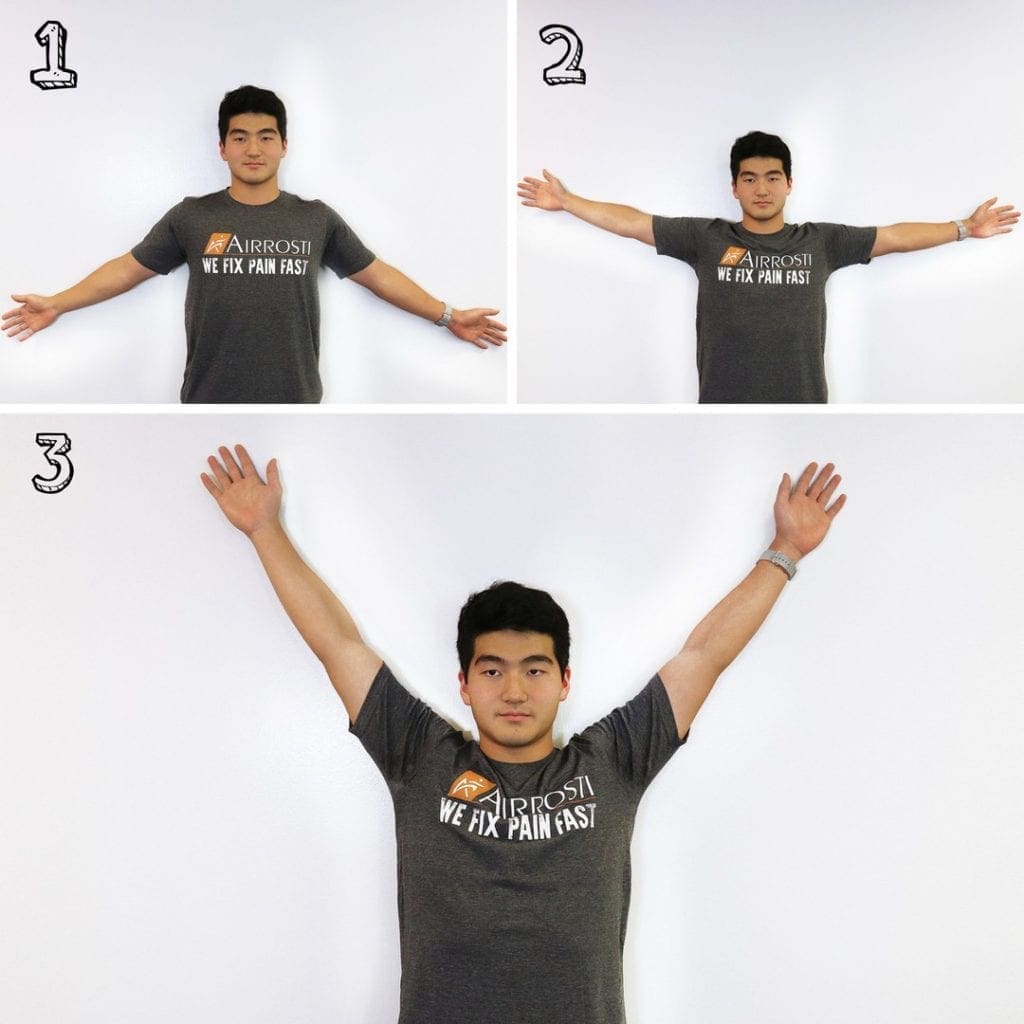Frozen shoulder is a painful injury with a long recovery time that can bring your life to a grinding halt. This Wellness Wednesday, discover a few tips to boost your recovery, rebuild shoulder strength, and improve your range of motion.
Frozen shoulder can make even everyday activities seem impossible to do, like putting on clothes or reaching for objects on a shelf. Its characteristic symptoms of shoulder pain, stiffness, and limited mobility can hold you back from doing the activities you used to love.
Even though most frozen shoulder cases resolve themselves without intensive treatment, the average recovery time for this injury falls between one and three years.
That’s a long time to be sitting around, waiting for your shoulder to loosen up. Fortunately, there are a few steps you can take to help boost your recovery and regain your mobility.
Recovery Tips For Frozen Shoulder
The most important thing to remember when recovering from any injury is to stay hydrated throughout the day and listen to your body. Don’t try to push yourself to exercise your shoulder if you’re in pain. Take time to get properly warmed up before completing any exercises to ensure you don’t cause more harm than good.
To help reduce recovery time for impingement injuries like frozen shoulder, focus on improving joint mobility, stability, and strength. This means you’ll want to focus on building up the muscles in the affected shoulder while giving your rotator cuff joint the stability and flexibility it needs to achieve full range of motion.
Mobility Exercises
To help improve range of motion while recovering from frozen shoulder, try exercises that focus on raising and stretching the shoulder muscles. Below are two exercises you can add to your daily routine to practice shoulder mobility.
***Disclaimer: Always consult with your doctor before starting any exercise program. If you experience any numbness, tingling, or reproduction of your symptoms, please contact your doctor.
Wall Angels

- Stand up with your back against the wall and your arms down by your sides. Slightly bend the knees so the back is fully in contact with the wall.
- With palms facing outward, lift the arms overhead by sliding them on the wall, then lower back to your sides and repeat.
- Maintain contact between the backs of your hand and the wall throughout the entire movement.
- Complete 1 set of 8-10 repetitions.
Kneeling Thoracic Stretch
- Start on your hands and knees with your hips aligned over your knees and your shoulders over your hands. ⠀
- Place one hand behind the head.
- Lift your elbow up and rotate the torso as much as possible without moving your hips.
- Complete 2 sets of 5 repetitions and hold the position for 5 seconds.
Strengthening Exercises
Muscle weakness is another common problem that can hinder the recovery time of injuries like frozen shoulder. Because this injury causes the joint to stiffen up, it can be difficult or even impossible to continue certain activities that require movements like lifting, pushing, or pulling.
When our shoulder muscles are not in use, they slowly become weaker. Even after the frozen stage, while you slowly regain your mobility, you may notice your shoulders are weaker than they were before.
Try adding these two exercises to help rebuild shoulder strength during recovery:
Low Band Pull Aparts
- Hold a resistance band in both hands behind your back. ⠀⠀
- Palms should be facing forward. ⠀⠀
- Start by bringing your shoulder blades down and back.
- Slowly pull the band apart by bringing your arms out to the sides while maintaining the squeeze between your shoulder blades.
- Hold 1-2 seconds and then slowly return to the starting position.
- You should feel the muscles working between the shoulder blades.
- Complete 2 sets of 10 repetitions, twice a day.
Lower Trap & Lat Pulls
- Attach a resistance band in front of you, at waist height, or slightly higher.
- Stand in an upright posture, knees slightly bent, lower core engaged, chin tucked to neutral, and hold this posture throughout the exercise. Do not let the chin extend forward.
- Hold the ends of the band, with elbows straight and palms facing down. Initiate the motion by moving your arms forward, closer to where the band is tied off.
- Slowly pull the arms back down to your sides, by drawing the shoulder blades backward.
- Do not shrug up during the range of motion.
- Pause at the end of the movement, then slowly return to the starting position.
- Complete 2 sets of 10 repetitions, twice a day.
Boost Your Recovery With Airrosti
Treating pain and stiffness from frozen shoulder syndrome can be frustrating, especially if it keeps you from enjoying life in the moment. If you’ve tried the above exercises but still struggle with finding relief, schedule an appointment with an Airrosti provider near you today.
Our expert providers can diagnose the cause of your pain and treat it at the source, resolving most injuries in as few as three visits (based on patient-reported outcomes). We also equip our patients with the knowledge, resources, and tools to help prevent future injuries and stay pain free.
Please read our Medical Disclaimer here.









